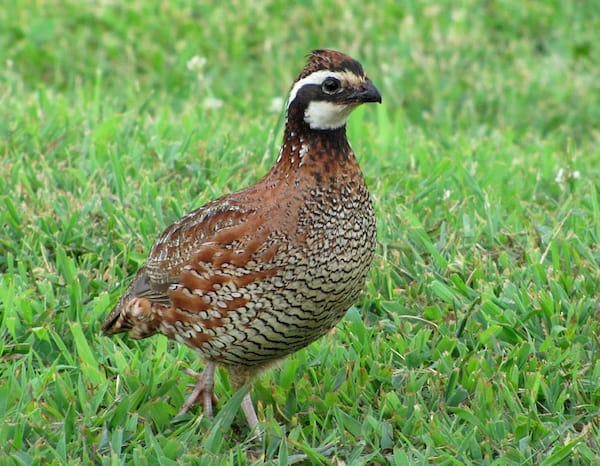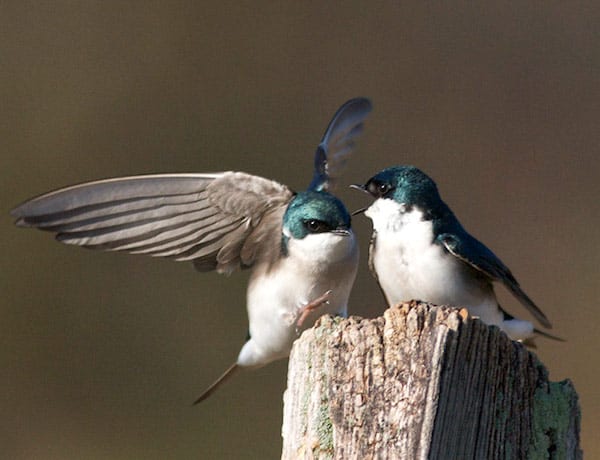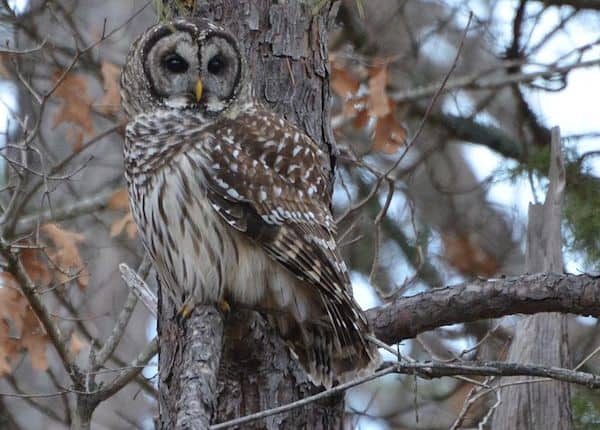Look For
A familiar bird of rural farm fields, meadows, and grasslands, the eastern meadowlark is known by its distinctive field mark: a bright yellow breast with a “V” of black. Meadowlarks will sing from the ground and in flight, but they often use an elevated perch, such as a fencepost, tree, or power line. In flight, the meadowlark looks chunky and shows white outer tail feathers. A series of shallow, stuttering wingbeats followed by a short glide (sometimes accompanied by a song or chatter) is the typical flight pattern.
Listen for
The eastern meadowlark’s sweet whistled song—spring of THE year!—is a sign of spring’s arrival, as is its lemon-yellow color, adding a brightness to the most dreary of spring days. They utter several calls, including a harsh, electrical jrrt! and a sputtering rattle: brtbrtttttttt! too.
Find it
Eastern meadowlarks prefer grassy meadows, prairies, and pastures with good grass cover. They can also be found along golf courses, in hay fields, and in the grassy margins of airports. Found year-round across most of the eastern United States, this species is declining slowly across its range, especially in areas with growing urbanization and heavy agricultural use. As abandoned farm fields grow up into shrubby woodland, they become less suitable habitats for meadowlarks.
Feed it
The meadowlark is a ground feeder that searches vegetation in spring and summer for insects, such as crickets, grasshoppers, grubs, and caterpillars. In winter, the diet shifts to seeds, grains, and some fruits. In fall and winter, eastern meadowlarks often form large flocks, with dozens of birds foraging together in the same field.
Nesting Behavior
Meadowlarks nest on the ground in thick grass. The nest is well concealed in a depression on the ground and is woven out of dried grasses. The nest often has a woven dome over it and an entrance on the side. Two to six eggs are laid and incubated for about 14 days. Youngsters fledge about 10 days later.
Both parents feed the young. For nesting, meadowlarks seem to prefer grasslands that are cut only once every three to five years. Even so, many meadowlark nests are lost to agricultural activity, to predation, and to pesticides.
Hear the eastern meadowlark:




